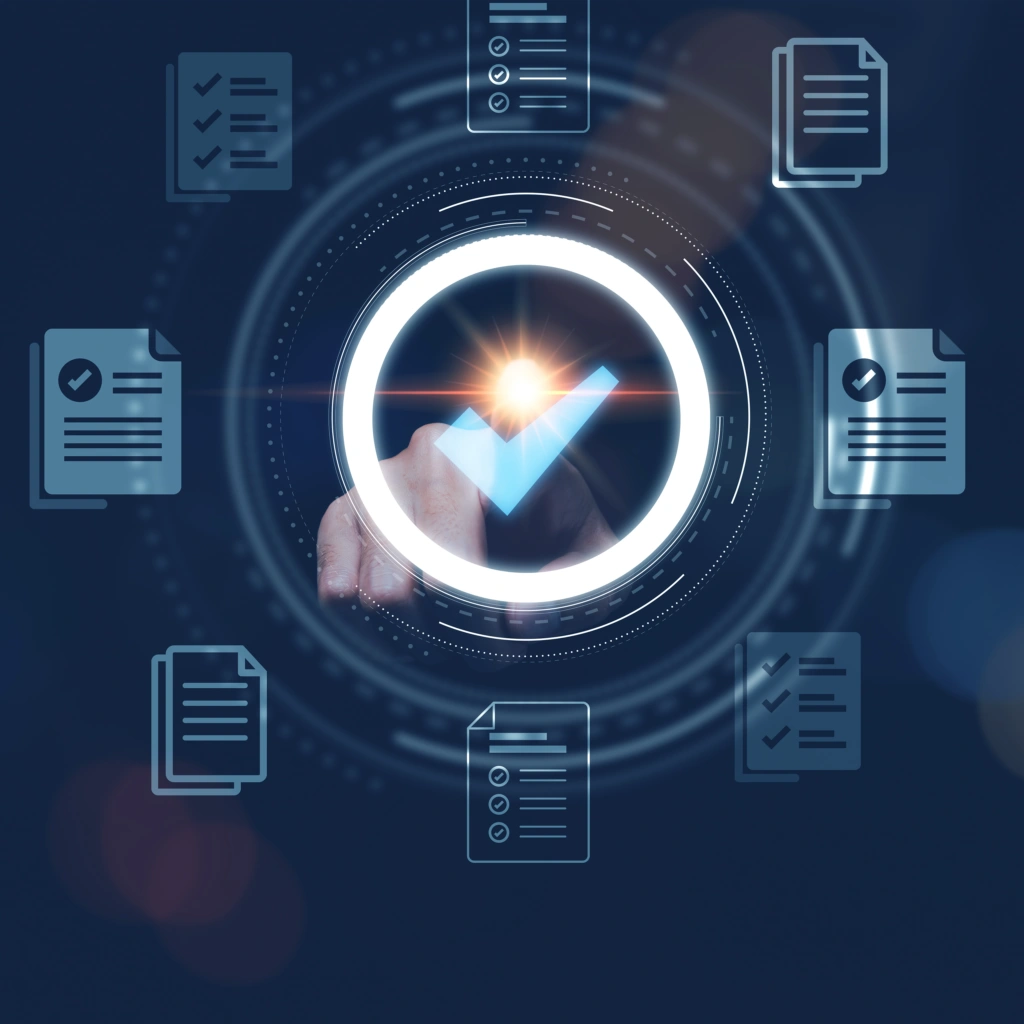With the first cutover of International Traffic in Arms Regulations (ITAR) items affected by the Export Control Reform (ECR) initiative behind us, there have been some good lessons learned on how best to position your company for success when it comes to reclassification and submission of your license applications.
Ensure you don’t get caught up in the ECR quagmire of rejected license applications, stopped shipments, voluntary self-disclosures and increased scrutiny by the Office of Export Enforcement (OEE).
Things to Do Now
- From the get-go, assemble an integrated cross-functional ECR task force of engineers, compliance practitioners, and IT, sales, purchasing, procurement, traffic and shipping professionals
- Communicate with U.S. & Non-U.S. subsidiaries, suppliers and customers
- Learn from others! Familiarize yourself with not just the proposed rules for your own categories, but enhance your fundamental understanding of ECR by learning about the final rules for all categories
- Proactively support employees lacking knowledge or experience with classification, license determination, exceptions and exemptions under the Export Administration Regulations (EAR )
- Prioritize your company’s business needs by reviewing past, current and anticipated future transactions. What parts are sent out the most? Are they your parts or are they from a supplier?
- Leverage automation to reduce the processing time of all of the above
Trial and Error
Of the license applications that have been Returned Without Action (RWA) since October 15th, 34% were due to the wrong USML Category being used and 33% due to supported end-item issues. The Office of Defense Trade Controls Licensing (DTCL) expects RWAs to increase due to incorrect sub-category enumeration and incorrect jurisdictional determination. Word on the street is that the Department of State experienced a huge spike in license applications just prior to the October15th deadline. Why was that? Companies not yet up to speed with the reclassification of their goods transitioning from ITAR to EAR control were eager to take advantage of the 24-month grandfather clause. Additionally, license applications have been slow to come in at the Department of Commerce, most likely due to the ITAR grandfather clause, Paragraph ‘.x’, and the steep learning curve for people not used to doing EAR licenses. Voluntary self-disclosures of possible EAR violations are anticipated to rise significantly as a result of ECR, as companies improperly classify by putting their item in the wrong bucket and not adhering to potential double licensing requirements. Many companies are simply finding themselves in new territory. Classifying under the EAR is all about determining if you need a license and then figuring out if exceptions apply, whereas with ITAR, 99% of goods require a license. A shipment that prior to October 15th required just a State Department license could now require a State Department license and a Commerce license (with eligibility for Commerce License Exception STA, No License Requirement (NLR) to Canada and a new license type, DY6).
The Far-Reaching Impact of ECR
Once you get classification & licensing under your belt don’t forget about all those Agreements that must be amended to delineate between the United States Munitions List (USML) and the new Commerce Control List (CCL) hardware, and revised to reflect expiration dates affected by transitioning items and the conformity of export documents. You need to ensure that the updated jurisdiction, classification, exemptions and exceptions are flowed through to: Contracts, Traffic, Shipping, Freight Forwarders, and US and internationally-based suppliers, subsidiaries and customers. You also need to ensure that this information appears correctly on your Automated Export System (AES) submission, destination control statement, bill of lading and other associated export documents. You don’t want Customs and Border Protection (CBP) holding up your shipments because of incorrect codes on your AES submissions. It’s clear that the impact of ECR ripples all the way through the supply chain. Understanding how and why is crucial to your company’s success under the new regime.

